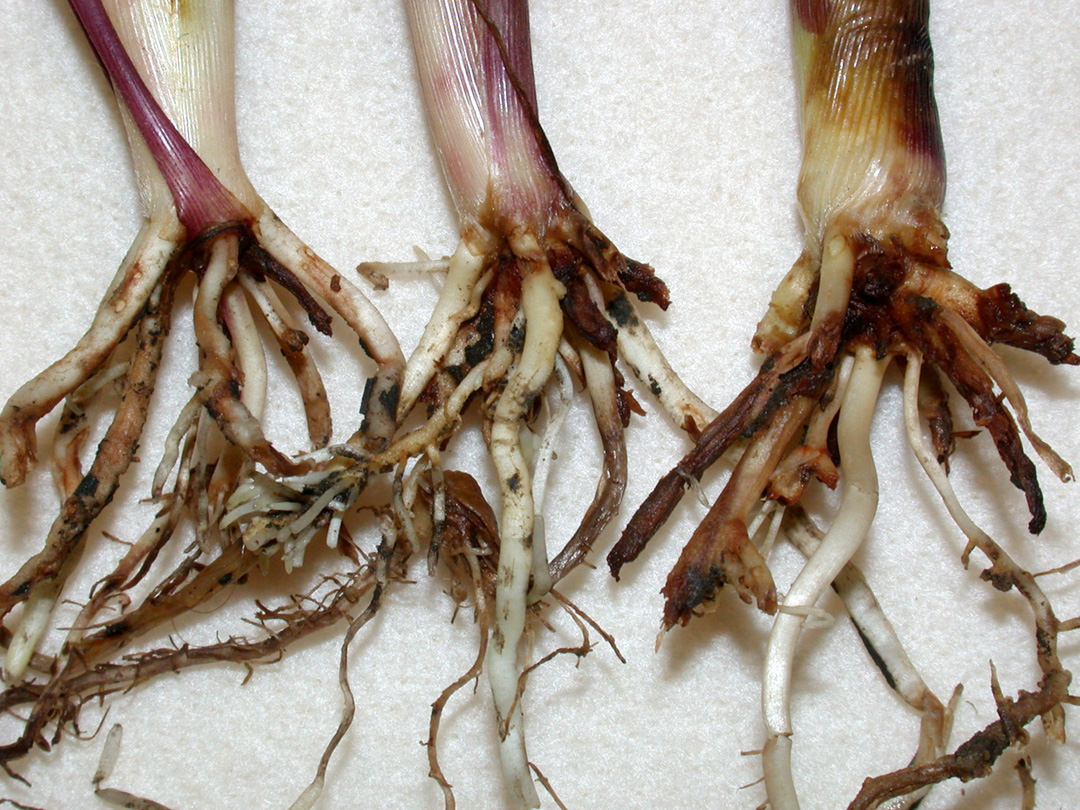Desperate times calls for desperate measures. As delayed planting conditions persist and the calendar approaches June, we can’t anticipate all likely miscues that will play out in the next few weeks. One brought to mind, prompted by Bob Nielsen, is that some producers may be attempting to switch to shorter day hybrids, those without desired insect traits, especially rootworm. What is the rootworm risk, especially to central and northern Indiana fields? Bottom line, if one did NOT scout corn fields during corn pollination last year, or sample soybean fields during August for the presence/absence of rootworm beetles, then the localized risk is unknown. However, Indiana as a whole, has seen lower rootworm beetle populations for several years.
First, the worst-case scenario. 2002 had a horrendous start to the growing season, first planting was delayed by excessive rains, followed by a long, hot dry spell. That year, producers pushed the window and planted into wet soil creating side-wall compaction. Producers were so hurried that inputs such as soil insecticides for rootworm protection were neglected in some cases. When drying finally occurred, the top inches of soil baked, becoming rock hard. The end result was that even a rootworm population that was not excessive caused high levels of damage by feeding upon puny, misshapen, and slow-growing roots causing “floppy corn,” “small corn-tall corn,” and sometimes plant death. Meaning, it took very few rootworm larvae to cause devastating damage to these already challenged root systems.
Best-case scenario. Today, seed-applied insecticides (SAIs) are applied to virtually all corn seed, though rates vary. Low and moderate rates are not labeled for corn rootworm control, but this year, because of the close proximity in timing to rootworm hatch they will likely help. Rootworm egg hatch typically begins in later May in central counties, plus or minus several days for soil temperature differences from one end of the state to the other. Although egg hatch occurs over multiple weeks, lower rates of SAIs may help long enough to protect early root development. Too, the statewide risk today from rootworm is not like it was back in 2002.
To put a positive spin on the extreme delays in planting this season, rootworm larva hatching today (May 23), or before, will likely starve to death in fields yet to be planted.



